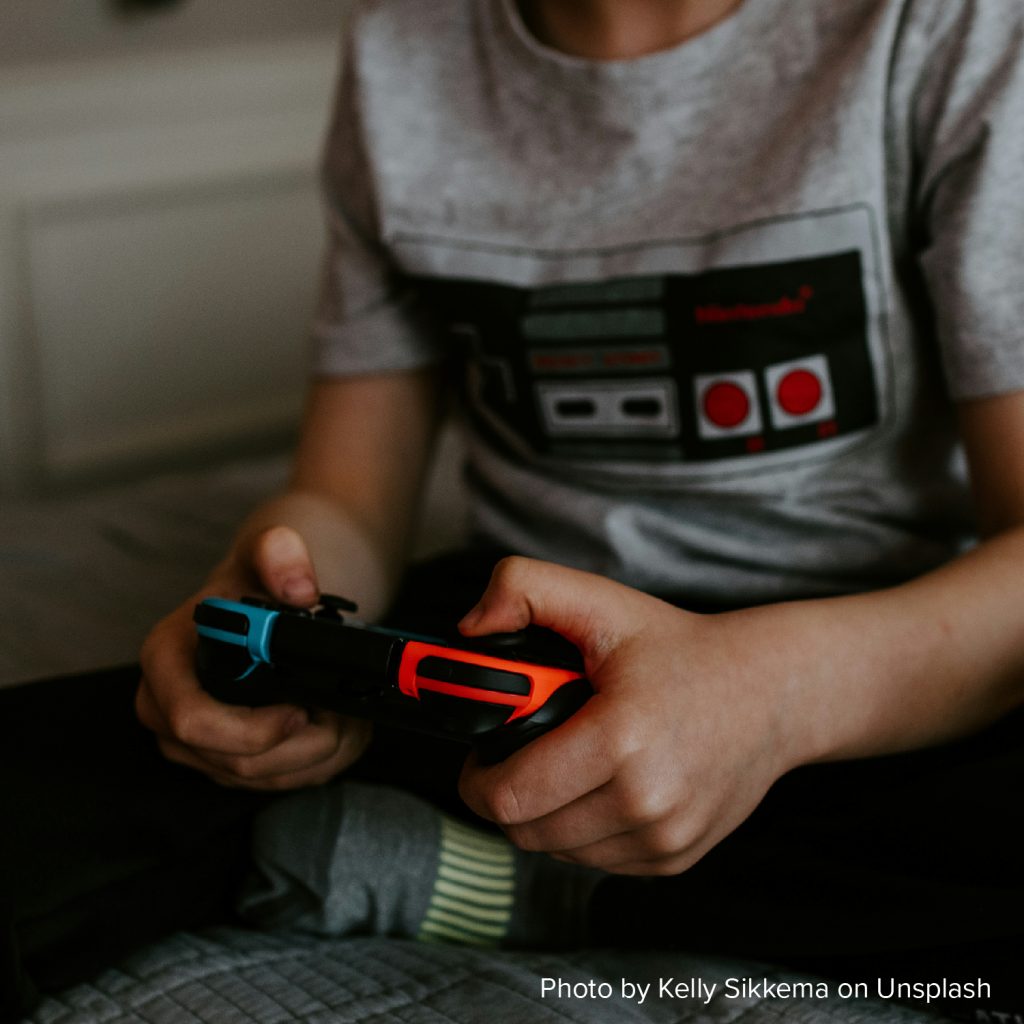Video Games: Teaching Financial Responsibility to Children

Did you know that it takes 21 days for you to create a habit and 90 days for it to become a part of your lifestyle? Financial literacy is an incredibly important habit to create at a young age. Teaching kids about finance can be a challenging and stressful task, but there are many ways to make learning fun. Video games and online games are the perfect opportunity to teach kids about money.
Basics:
To teach kids about money, here are some basics first:
- Explaining what money is.
- Explaining the value of money.
- Explaining where money comes from.
Once kids know the basics, it becomes a lot easier to explain how to set a budget and what they should prioritize.
Wants vs. Needs (but without being too stingy):
Explain the difference between needs and wants.
- A want is something that we would like to have, but it’s not necessary for survival.
- A need is something that we must have to survive.
Having wants is not a bad thing and sometimes it’s good to indulge on those wants as a reward for doing chores, good deeds, etc.
Setting a Budget:
Setting a budget means setting a limit on how much money kids can spend. Setting goals means teaching a kid good financial habits, like how to save and spend money, creating goals, and making good decisions. When setting a budget to gaming, keep in mind that the budget should include everything from in-game purchases to outside purchases like headphones and iPad accessories.
The Cost of Gaming:
Video gaming can be a very expensive activity. Video gaming includes the computer, console, an assortment of accessories, and of course the actual games.
In terms of games, there are two types:
- Games you must buy to play.
- Mainly big company games must be purchased either online or as a disc for a gaming console.
- Sometimes these games also offer in-game purchases for upgrades and add-ons.
- Games that are free to play.
- Some game developers release games that are free to play, allowing for a wider audience base and more player accessibility.
- However, since the base game is released completely free, there are many in-game things like skins, outfits, and accessories that require money to be purchased.
In-Game Currency:
Many games have their own in-game currency that players can earn by playing. The more the kids play, the more they earn. They can use this in-game currency to purchase special in-game items and upgrades. Once they spend their currency, they must play more to earn it back. This system can help teach kids that money is earned through hard work. It can also teach kids to budget and spend their savings wisely.
There are many fun, creative and easy ways to teach kids about financial literacy. Among them, video games are definitely a good way to teach kids a valuable skill. You can even make saving up a game too! Make sure to have fun and staying safe online, while you’re learning all about financial literacy!